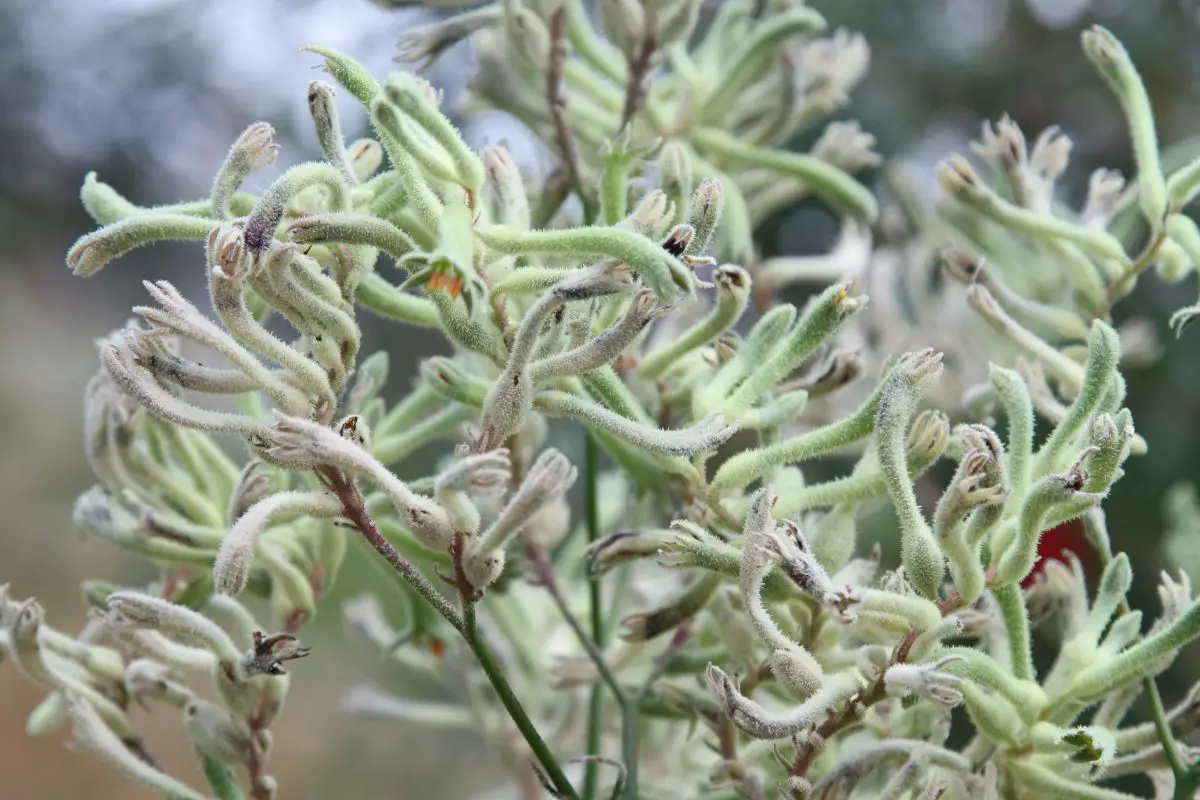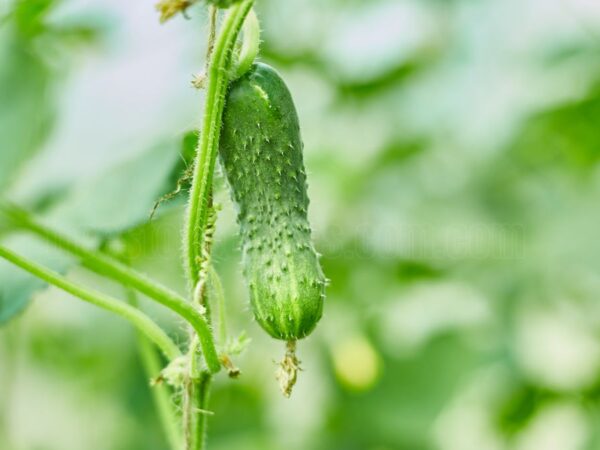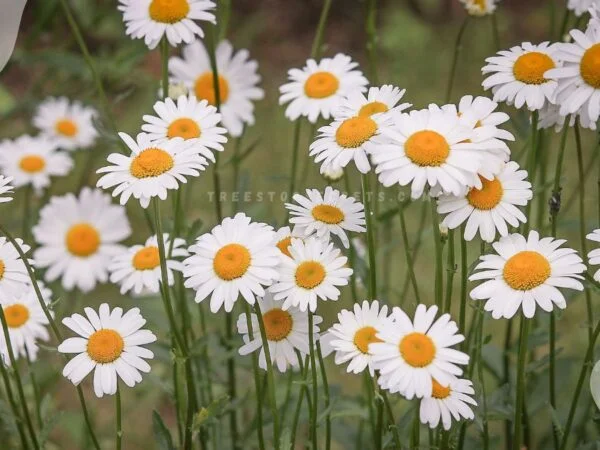Did you know that pawpaw seeds require a period of cold stratification before they will germinate? This surprising fact is key to successfully growing pawpaw trees from seed. If you're eager to cultivate your own pawpaw tree, rest assured that with the right knowledge and techniques, you can nurture these seeds into thriving plants.
If you're wondering about the best methods for growing pawpaw seeds, this comprehensive guide will provide you with step-by-step instructions and essential tips to ensure successful germination. From preparing the seeds for planting to caring for the seedlings as they grow, we've got you covered. Stay tuned to discover how you can kickstart your pawpaw seed growing journey.
Key Takeaways
- Understand the unique characteristics of pawpaws, location, and pollinator posts to effectively grow them from seeds.
- Properly prepare pawpaw seeds by scarification or stratification before planting.
- Follow the correct planting process for pawpaw seeds, ensuring proper depth and spacing.
- Utilize seed propagation techniques like grafting or air-layering for successful pawpaw growth.
- Care for young pawpaw trees by providing adequate water, sunlight, and protection from pests.
- Enhance pollination by planting multiple pawpaw trees for cross-pollination benefits.
Understanding Pawpaws
Ideal Climate
Pawpaws, also known as paw paws, require specific climatic conditions to thrive. Select pawpaw cultivars that are well-suited to the local climate for optimal growth. Ensure a minimum of 32 inches (81 cm) of rainfall annually to support healthy development. Choose planting locations with warm to hot summers and mild to cold winters for successful cultivation.
- Pawpaw cultivars suited to the local climate
- Minimum 32 inches (81 cm) of annual rainfall
- Planting locations with warm to hot summers and mild to cold winters
Plant Characteristics
The growth and yield of pawpaw trees are influenced by various factors, including sun exposure. These trees develop distinct shapes based on their exposure to sunlight. Optimal yields are achieved in open areas that provide some wind protection. Pawpaws thrive best in USDA zones 5 through 8, ensuring they receive the necessary conditions for growth.
- Distinct shapes based on sun exposure
- Optimal yields in open areas with wind protection
- Thriving in USDA zones 5 through 8
Growth Requirements
To ensure successful growth, pawpaws have specific soil and environmental requirements. These trees need well-drained, slightly acidic soil for healthy development. Good drainage is crucial for pawpaw growth as it prevents waterlogging and root rot issues. When selecting cultivars, consider the latitude and climatic zone to match the plant's needs effectively.
- Well-drained, slightly acidic soil needed
- Crucial importance of good drainage
- Considering latitude and climatic zone for cultivar selection
Preparing Pawpaw Seeds
Seed Selection
When choosing pawpaw seeds, ensure they are from reputable sources to guarantee quality. Look for seeds that are not dried out as they may have reduced viability. Opt for seeds that have not been exposed to extreme temperatures to increase the chances of successful germination.
Stratification Process
Cold Storage
- Cold stratify pawpaw seeds for 70-100 days to break seed dormancy effectively.
- Refrigerating seeds is crucial for optimal germination rates.
- Cold storage helps in mimicking natural conditions necessary for seed dormancy and germination success.
Moisture Levels
Maintain consistent moisture levels during the germination process to support seed growth. Avoid overwatering as it can lead to root rot issues. Pawpaws thrive in well-aerated soil with moderate moisture levels, ensuring a healthy environment for seed development.
Germination Conditions
pawpaw seeds approximately 1 inch deep in soil that allows proper aeration. Provide an optimum temperature range between 75o–85oF (24o–29oC) to facilitate germination. Under suitable conditions, expect pawpaw seeds to start sprouting within 2-3 weeks after sowing.
Planting Process
Soil Preparation
To plant pawpaw seeds successfully, start by preparing deep, fertile soil with a pH level ranging from 5.5 to 7. Avoid heavy or waterlogged soil as pawpaws prefer well-draining conditions.
Seed Sowing
Depth Guidelines
When sowing pawpaw seeds, ensure they are planted at a depth of 1 inch in the soil. This depth allows for proper aeration, crucial for healthy seedling development. Regularly check the soil depth to prevent suffocation of the seeds.
Spacing Requirements
For optimal growth, it's essential to space pawpaw trees adequately. Consider the mature size of pawpaw trees when determining spacing to allow for root expansion and canopy development.
Initial Care
Shield germinating pawpaw seedlings from direct sunlight initially to prevent stress on the young plants. Ensure that the seedlings receive adequate moisture and nutrients for healthy growth. Protect young pawpaw trees from harsh environmental conditions that could hinder their development.
Seed Propagation Techniques
Natural Germination
Allow pawpaw seeds to naturally germinate in suitable conditions. Monitor seedling growth for signs of healthy development. Support natural germination with proper soil and moisture levels.
Accelerated Methods
Utilize refrigeration to accelerate tap root pawpaw seed germination. Employ controlled environments for faster seedling growth. Experiment with different techniques to speed up the germination process.
Caring for Young Trees
Watering Needs
To ensure healthy growth, young paw paw trees require consistent watering, especially during dry spells. Avoid overwatering to prevent root rot; instead, aim for moist soil without waterlogging.
Maintain a regular watering schedule, adjusting based on weather conditions and the tree's individual needs. Consider factors like soil drainage and environmental humidity when determining watering frequency.
Fertilizing Schedule
When it comes to fertilizing paw paw trees, opt for a balanced fertilizer with a ratio of 10-10-10 or similar. Apply the fertilizer in early spring before new growth begins.
Avoid excessive fertilization, as this can harm the tree. Monitor the tree's growth and adjust the fertilizing schedule accordingly to meet its nutritional requirements.
Pruning Practices
Pruning is essential for maintaining the health and shape of young paw paw trees. Remove any damaged or diseased branches promptly to prevent the spread of infections.
Prune to encourage air circulation within the canopy, promoting overall tree health. Avoid heavy pruning during the growing season to prevent stress on the tree.
Enhancing Pollination
Natural Pollinators
Bees, butterflies, and other insects play a vital role in pollination, aiding paw paw trees to produce fruits efficiently. These natural pollinators transfer pollen between flowers, promoting successful fertilization.
To attract these beneficial insects to your garden, plant various flowering plants nearby that bloom at the same time as paw paw trees. This diverse environment encourages pollinators to visit frequently, enhancing the chances of successful pollination.
Artificial Techniques
In cases where natural pollinators are scarce, hand pollination can be a useful technique for ensuring fruit production in paw paw trees. By using a small brush or cotton swab, transfer pollen from one flower to another carefully.
Another artificial technique involves utilizing beehives near the paw paw trees during the flowering season. Bees from these hives help in cross-pollination by transferring pollen between flowers, increasing fruit set and yield.
Pest Management Strategies
Common Pests
Paw paw trees are susceptible to various pests, including the dreaded pawpaw tree borer. These pests can cause significant damage to the tree by burrowing into its trunk, leading to weakened growth and potential death. Another common pest is the pawpaw fruit fly, which lays eggs on developing fruits, resulting in infested pawpaws.
Organic Controls
To combat these pests organically, consider using beneficial nematodes that prey on the larvae of destructive insects like borers. Introducing ladybugs and lacewings can also help control populations of harmful insects without resorting to chemical pesticides. Neem oil, a natural insecticide, can be applied to deter pests while being safe for the environment.
Preventive Measures
Implementing good cultural practices such as regular pruning to remove affected branches can reduce the risk of pest infestations. Maintaining proper sanitation around the tree, including removing fallen fruits promptly, can also prevent attracting pests. Using floating row covers during fruit development stages can shield pawpaws from fruit flies and other insects.
Long-term Growth and Care
Maturation Timeline
Paw paw seeds typically take several years to reach full maturation, so patience is key in this process. Initially, the seeds will germinate within a few weeks after planting. As they grow, the seedlings will develop into small trees over the first year.
As the paw paw trees mature, they will start producing flowers in the second or third year. These flowers eventually turn into fruits, but it may take up to five years for the tree to yield its first harvest of paw paws.
Harvesting Tips
When it's time to harvest your paw paws, make sure the fruits are ripe by gently squeezing them. Ripe paw paws give slightly under pressure and have a sweet aroma. Use pruning shears to cut the fruit from the tree without damaging it.
To ensure optimal taste and quality, handle the harvested paw paws with care to prevent bruising or puncturing. Store them at room temperature until fully ripe, then refrigerate any leftovers for extended freshness.
Seasonal Care Adjustments
During different seasons, adjust your care routine for paw paw trees accordingly. In spring, focus on fertilizing young trees with a balanced fertilizer to promote healthy growth. Water generously during hot summer months to prevent drought stress.
In fall, prepare your trees for winter by mulching around their base to protect their roots from freezing temperatures. Prune any dead branches during this time as well to encourage new growth in the upcoming spring season.
Closing Thoughts
You've now mastered the art of growing pawpaw seeds from start to finish. Understanding the intricacies of pawpaws, preparing their seeds, and following the planting process are crucial steps in ensuring successful growth. Implementing seed propagation techniques, caring for young trees, enhancing pollination, and managing pests will further nurture your pawpaw plants. Long-term growth and care strategies will guarantee a bountiful harvest in the future.
Take action today by applying these insights to your pawpaw growing journey. Share your newfound knowledge with fellow gardening enthusiasts and continue to expand your expertise in cultivating this unique fruit tree.
Frequently Asked Questions
How do I understand Pawpaws better?
To understand pawpaws better, explore their origin, characteristics, and growth requirements. Learn about the benefits of growing pawpaws and how they can thrive in different environments.
How should I prepare Pawpaw seeds for planting?
- Collect ripe fruits
- Extract seeds carefully
- Clean seeds with water
- Soak seeds overnight for better germination
What is the process of planting Pawpaw seeds?
- Choose a suitable location
- Plant seeds in well-draining soil
- Maintain moisture levels
- Provide adequate sunlight
What are some seed propagation techniques for Pawpaws?
- Seed scarification for better germination
- Cold stratification to mimic natural conditions
- Use of rooting hormone for faster root development
How can I care for young Pawpaw trees effectively?
- Water regularly but avoid overwatering
- Mulch around the base of the tree
- Protect from extreme temperatures
- Prune for shape and growth control
Image Source: Paid image from CANVA




